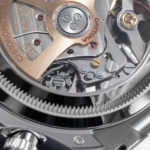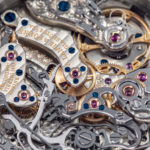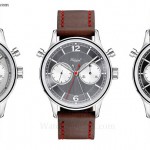Insight: The Advantages of a Vertical Clutch Chronograph
The efficient approach.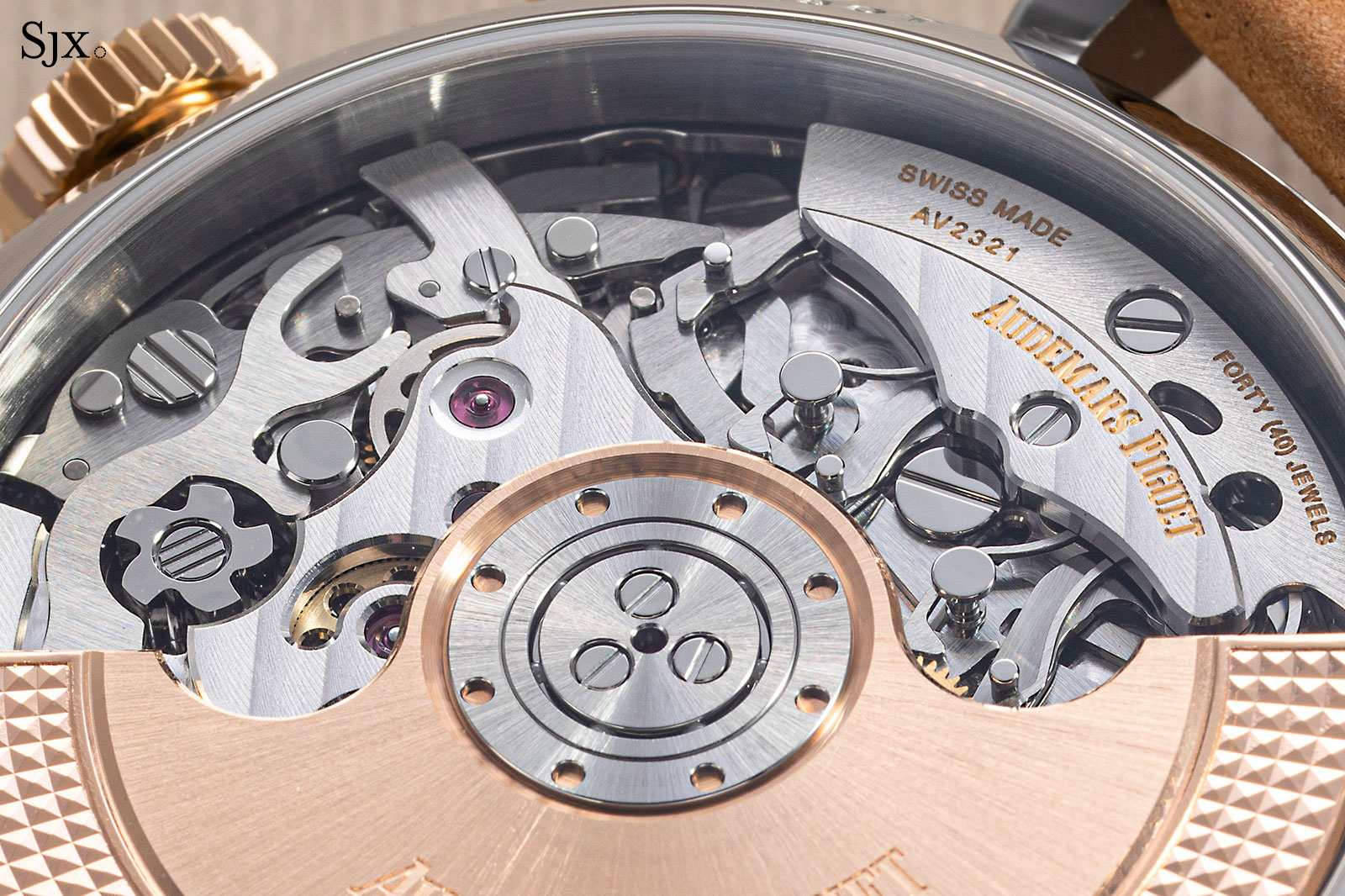
The vertical clutch has become the de facto standard in modern chronograph movements thanks to its mechanical and practical benefits. The widespread and varied use of the vertical clutch is illustrated by the many recent movements that employ the mechanism, ranging from the Rolex Cosmograph Daytona to the Breitling B01 to the MB&F LM Sequential Evo.
The proliferation of the vertical clutch is easily explained by its merits. Having explained the construction of a vertical clutch, we now turn to its advantages over the traditional horizontal clutch (or lateral coupling).
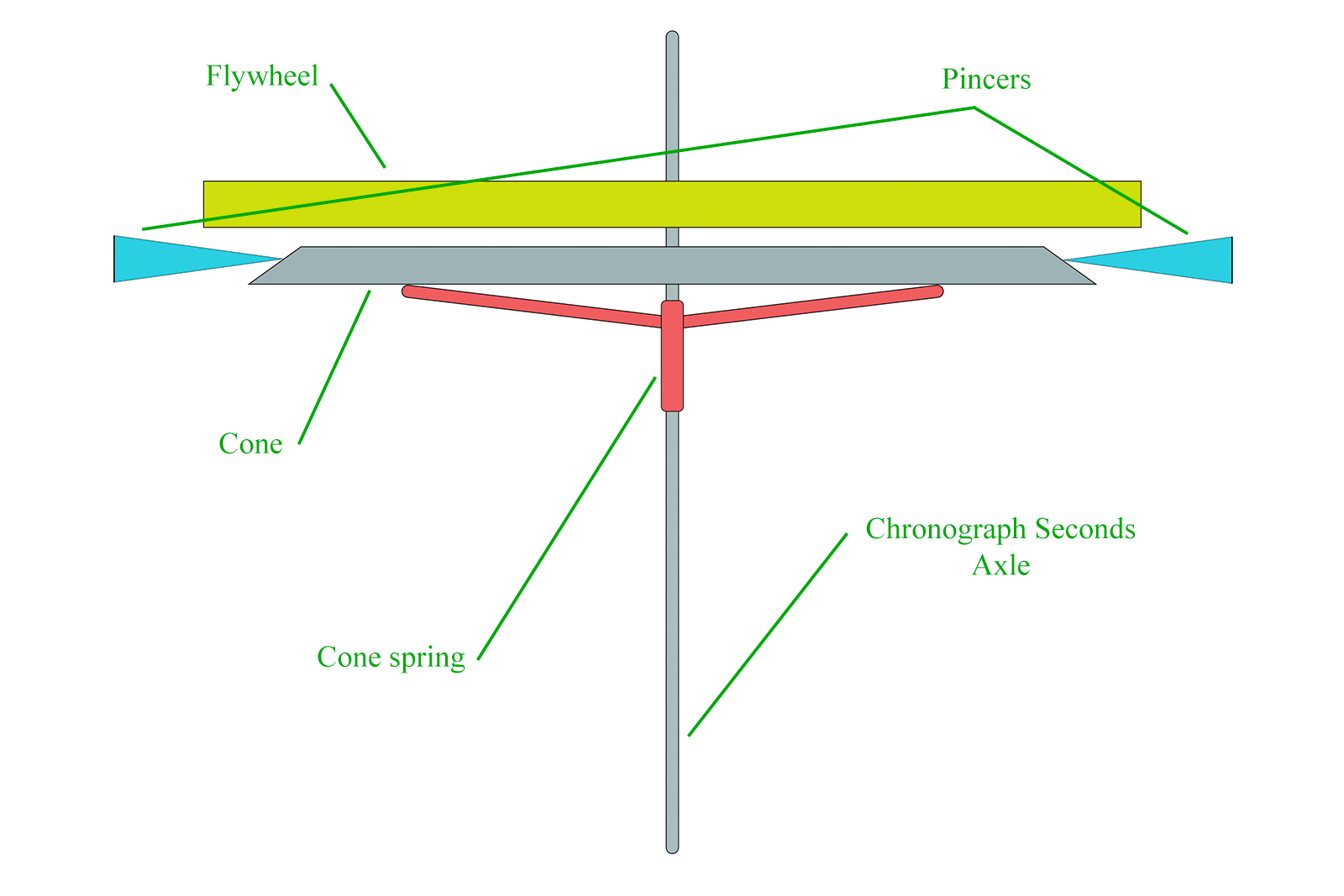
Figure 1: A simplified cross section of a vertical clutch
A vertical clutch serves to transfer energy from the going train of the movement to the chronograph going train, accomplishing this via a vertical motion. Figure 1 illustrates its key parts: a flywheel (yellow) geared to (or even part of) the going train; a cone (grey) that is linked to the chronograph seconds mobile, and vertically tensioned by a spring (red); a pair of pincers (blue) that engage with the cone, lifting or lowering the cone.
When the cone is raised and engaged with flywheel, the chronograph starts running, and when the cone drops and disengages, the chronograph stops.
One of the most apparent advantage of the vertical clutch is the low kinetic friction generated during coupling and uncoupling of the chronograph, as friction is produced only by the sliding motion of the pincers and the vertical motion of the cone.
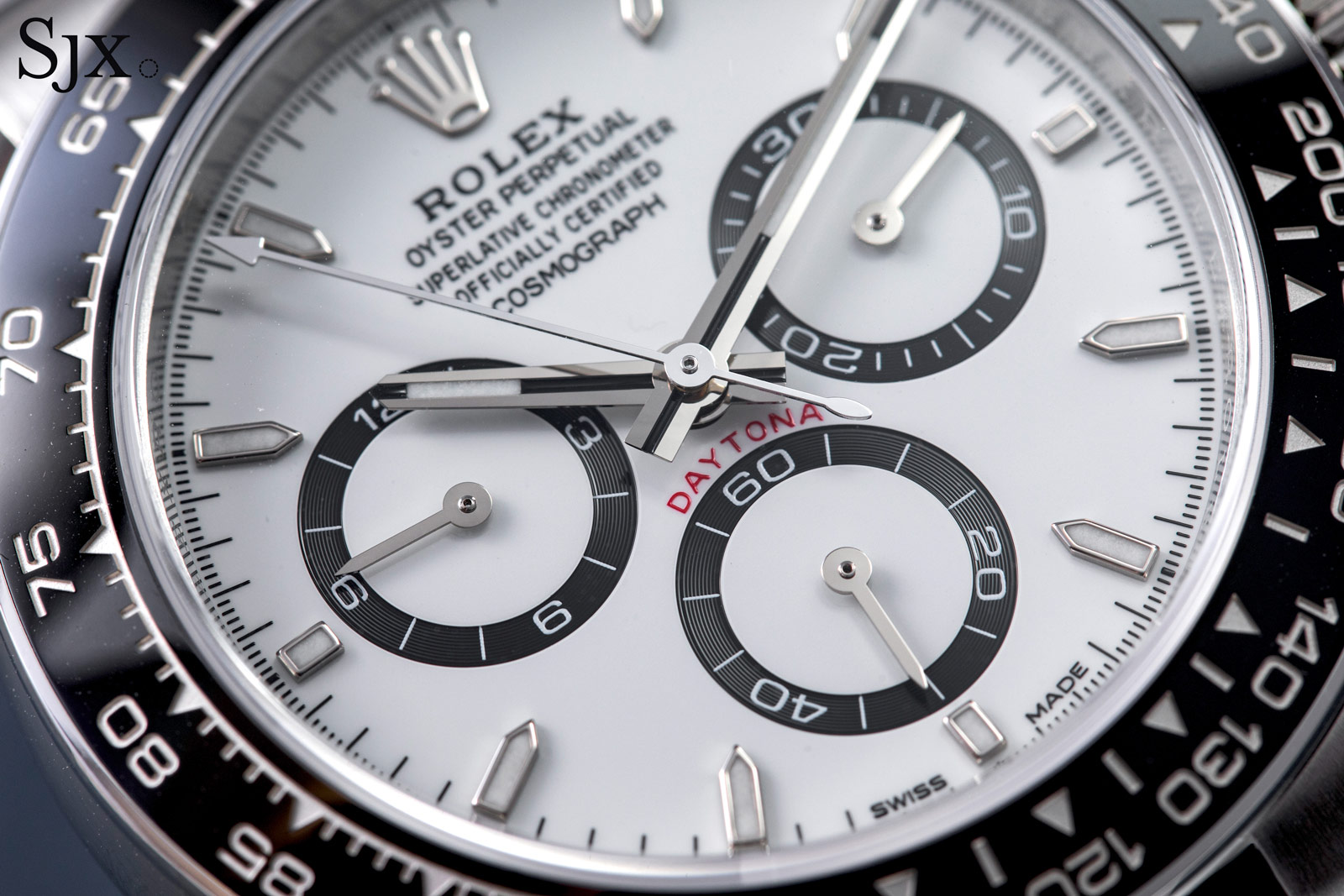
The Rolex Cosmograph Daytona that employs a vertical clutch
Another advantage is the instant engagement of the chronograph train with the going train. Because flywheel and cone are co-axial, and the cone is already under tension, the two essentially snap together when the pincers release. As a result, the motion transfer relies on a static moment of friction, which results in little or no wear to the moving parts.
This instant engagement also means the absence of “stutter” – a jump or wobble in the chronograph seconds hand – when the chronograph is engaged, which is an occasional issue with laterally-coupled chronographs. As the cone and flywheel come together, the energy transfer from the flywheel to the cone is instant, so the chronograph seconds hand starts moving in a crisp and accurate motion, with no forwards or backwards jumps at the start of engagement, improving the precision of the elapsed time measurement.
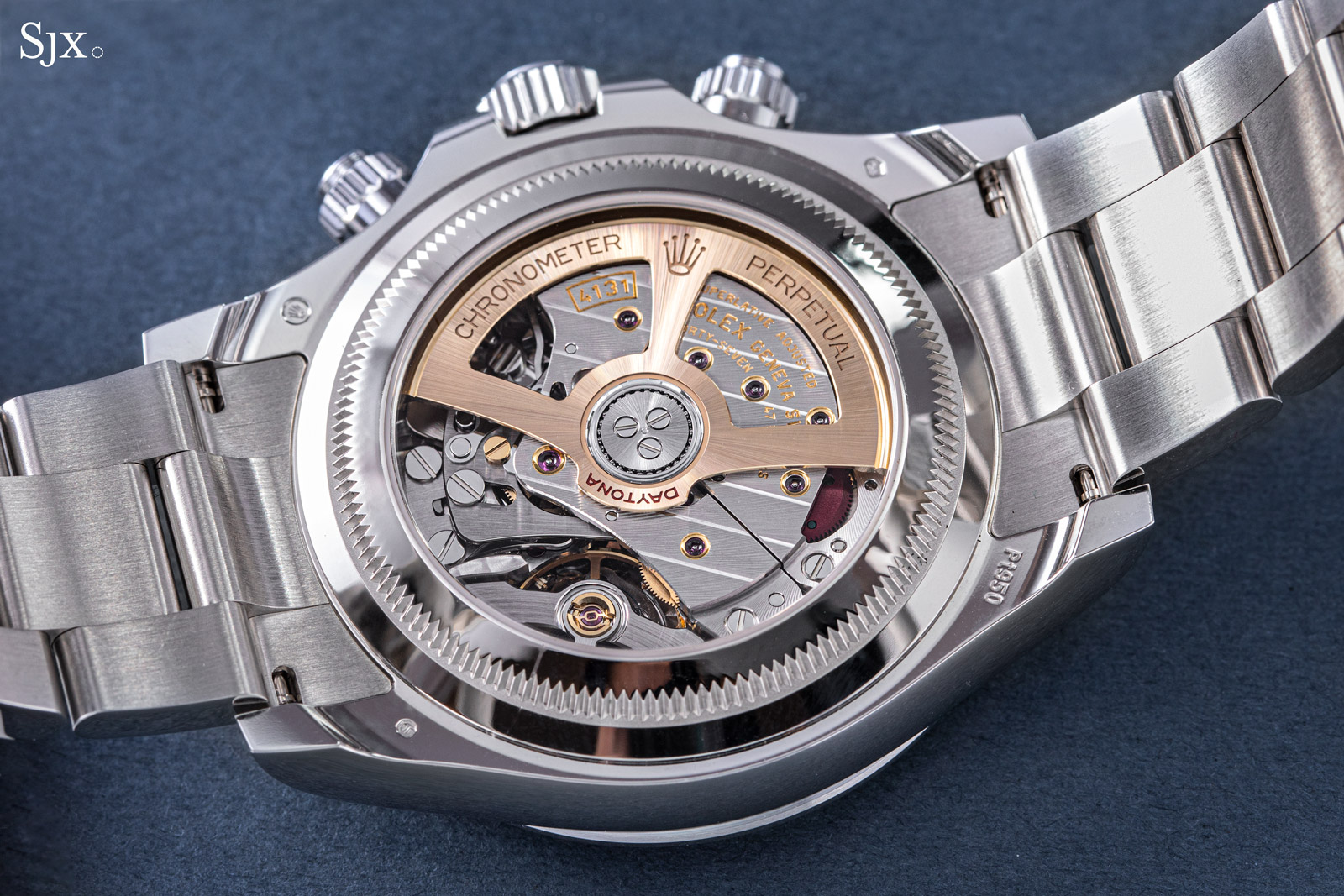
The Rolex cal. 4131 of the Daytona
And finally, an oft-forgotten advantage of the vertical clutch is its ability to relay torque more reliably to the chronograph’s minute and hour registers. Because the vertical clutch engagement is strong and secure, it enables the chronograph seconds mobile to drive all the other chronograph registers.
Horizontal clutch chronographs, on the other hand, often have the hours register separately powered by the rotation of the barrel in order to alleviate some of the stress on the engaged clutch and gear train. This is the case for the cal. 3861 and its preceding cal. 1861 inside the Omega Speedmaster Moonwatch.
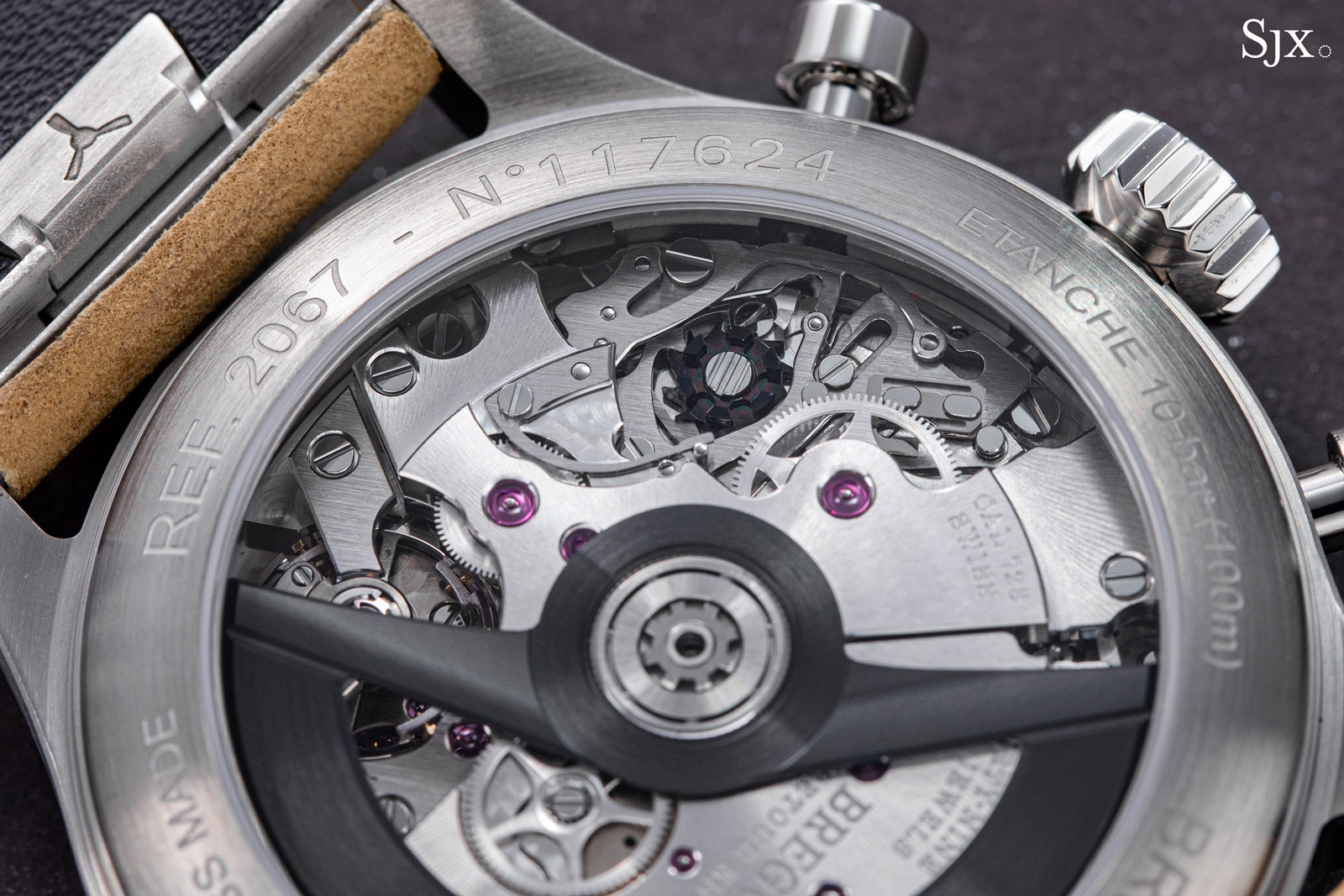
One of the newest chronograph movements on the market, the Breguet cal. 728 inside the Type XX also employs a vertical clutch
And cons
All things considered, there are also a few disadvantages associated with a vertical clutch. The clutch assembly is oftentimes a single unit made up of components soldered or stamped together, preventing disassembly, which in turn means the vertical clutch assembly cannot be repaired or serviced, and instead has to be replaced as a unit. The lack of serviceability may be reflected in increased service costs since the entire clutch assembly needs to be replaced, instead of just a faulty part.
However, some brands opt for serviceability, like Rolex does with the cal. 4131 in the Daytona, which employs a vertical clutch that can be conveniently dismantled during service, allowing its constituent components to be replaced where necessary.
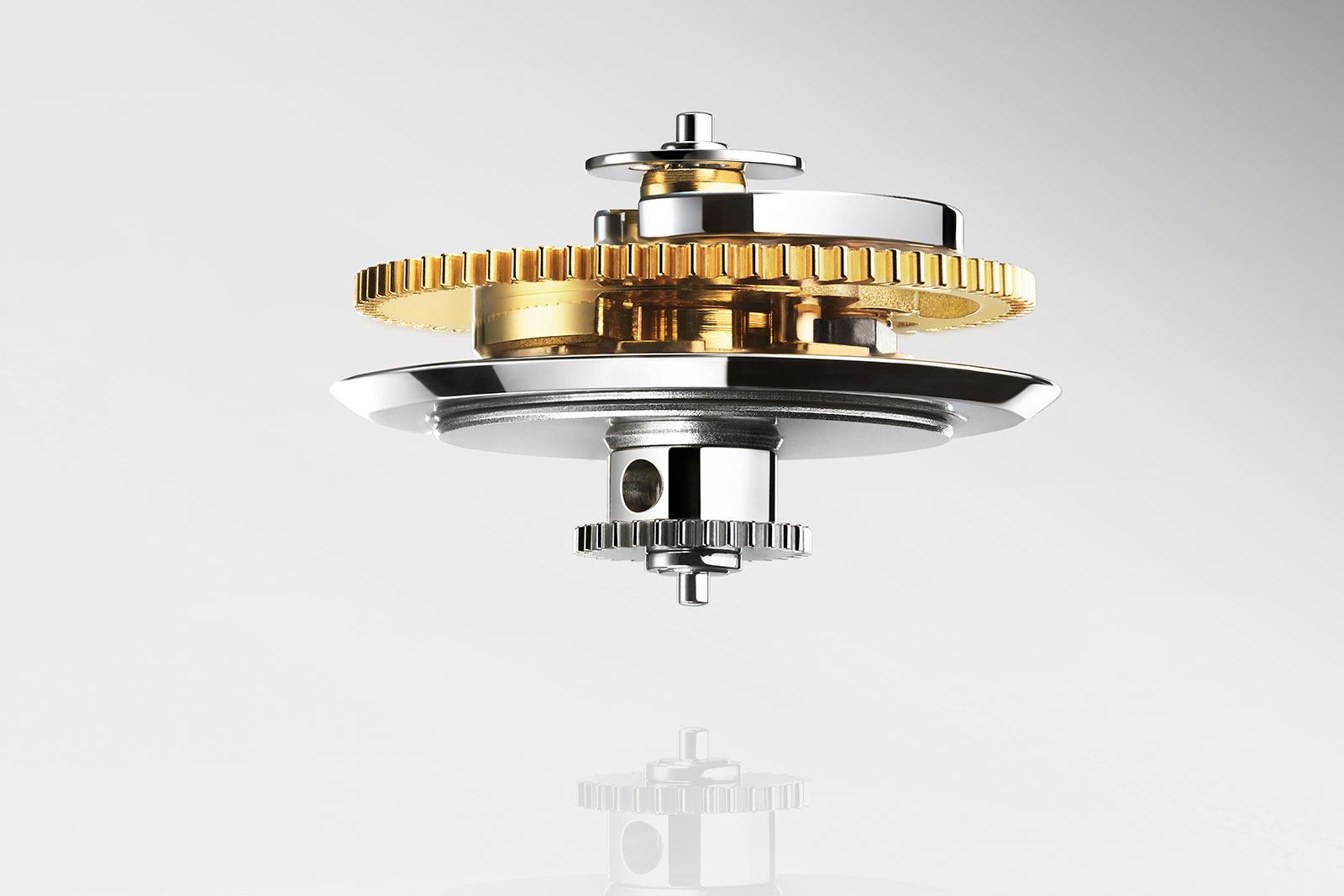
The vertical clutch in the Rolex cal. 4130/4131 that can be dismantled during service
Another potential drawback is linked to certain executions of the vertical clutch. Imprecise tolerances in the parts of a vertical clutch, or a clutch that is inadequately lubricated, can result in slight malfunctioning that generates friction when the chronograph is disengaged because of excess play or contact between the chronograph axle and flywheel.
In such cases, the movement can become more accurate when the chronograph is engaged, since this eliminates the friction generated between the axle and flywheel. MB&F mitigates this possibility with a fully-jewelled vertical clutch, namely synthetic ruby rings set in the axle. (We already explored the interesting architecture of the LM Sequential EVO in-depth here.)
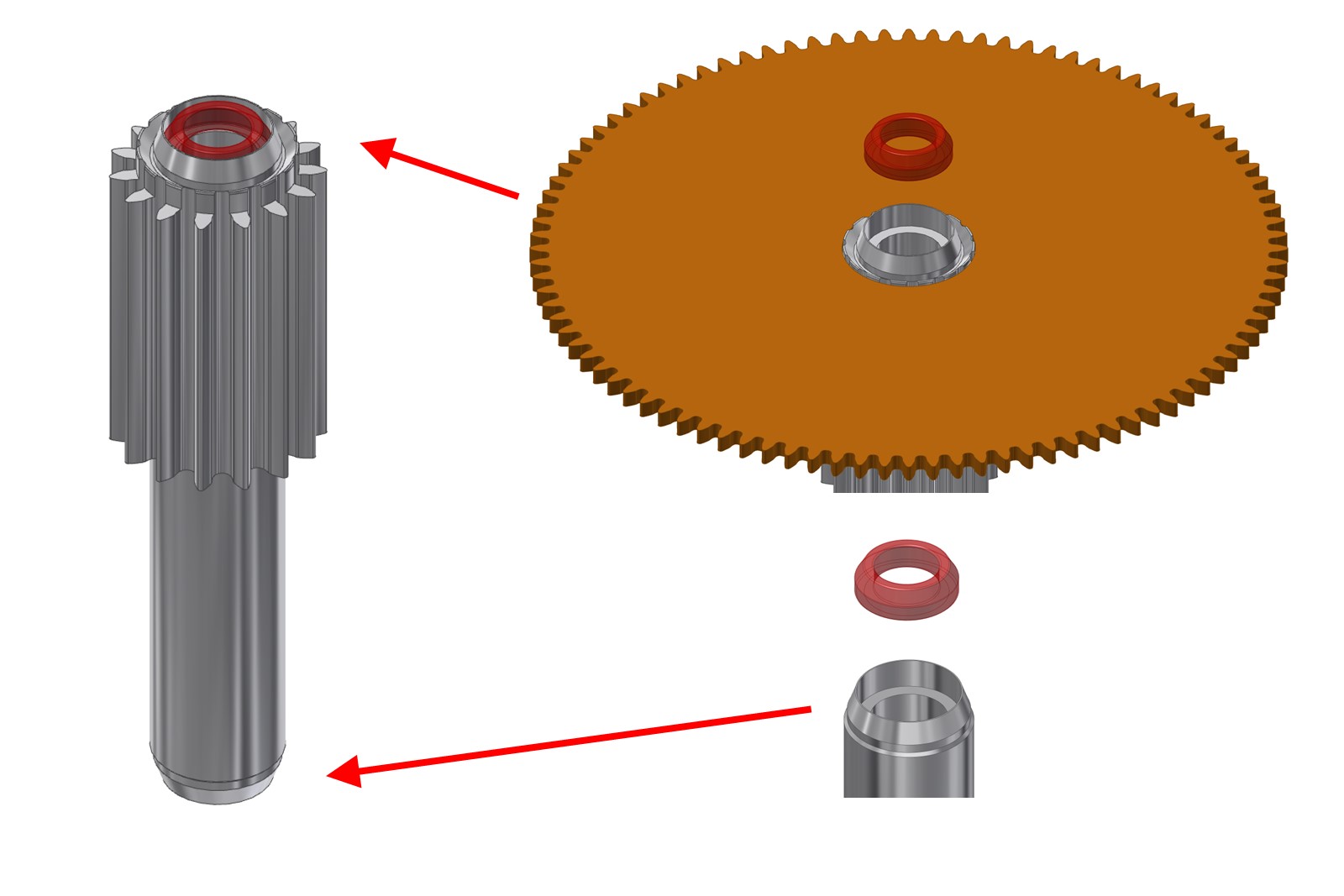
The fully jewelled vertical clutch in the MB&F LM Sequential EVO
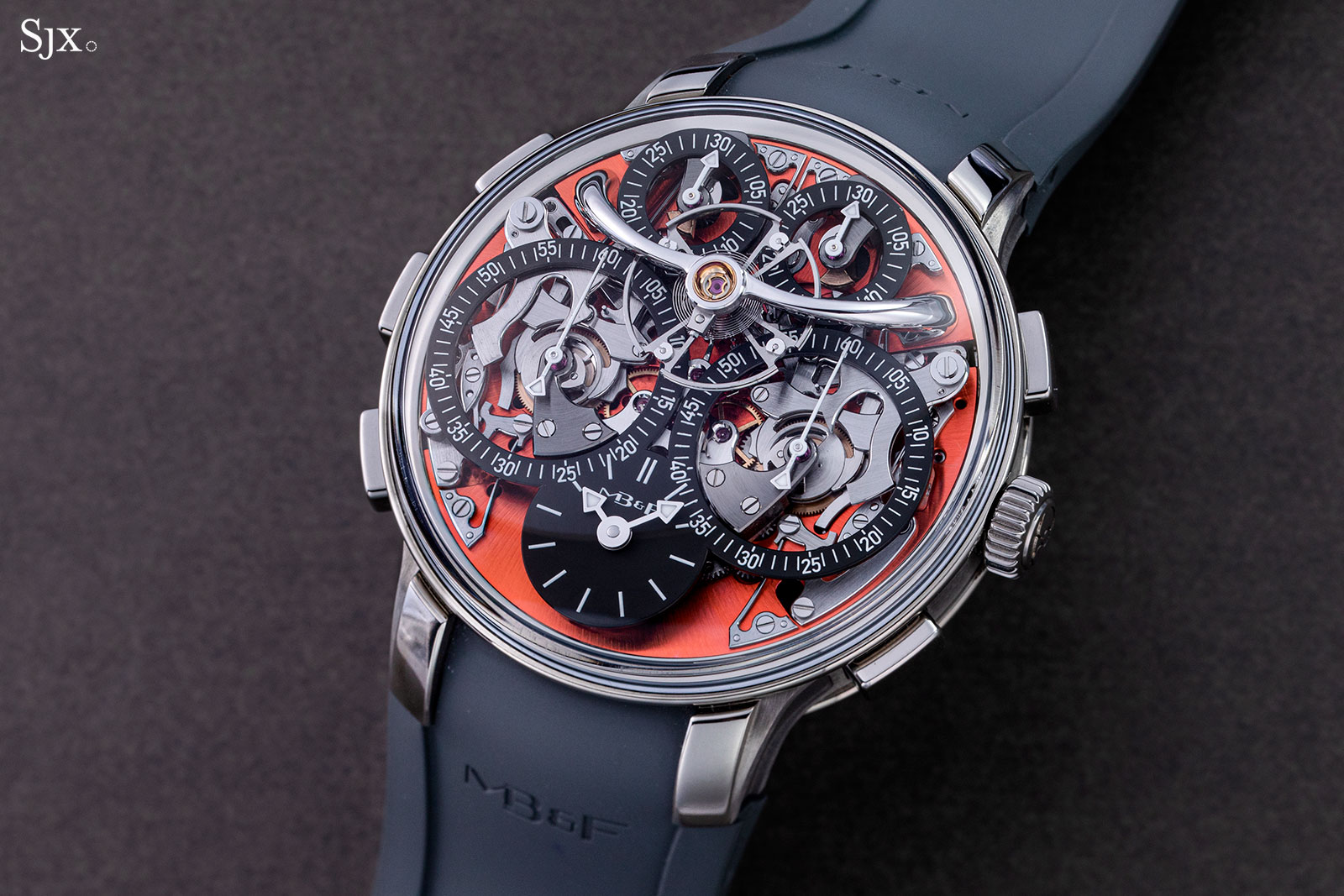
The MB&F LM Sequential EVO
Less significant but perhaps more relevant for the wearer are the aesthetic disadvantages of the vertical clutch. The mechanism can increase movement thickness due to its vertical orientation, as opposed to the lateral orientation of the horizontal coupling.
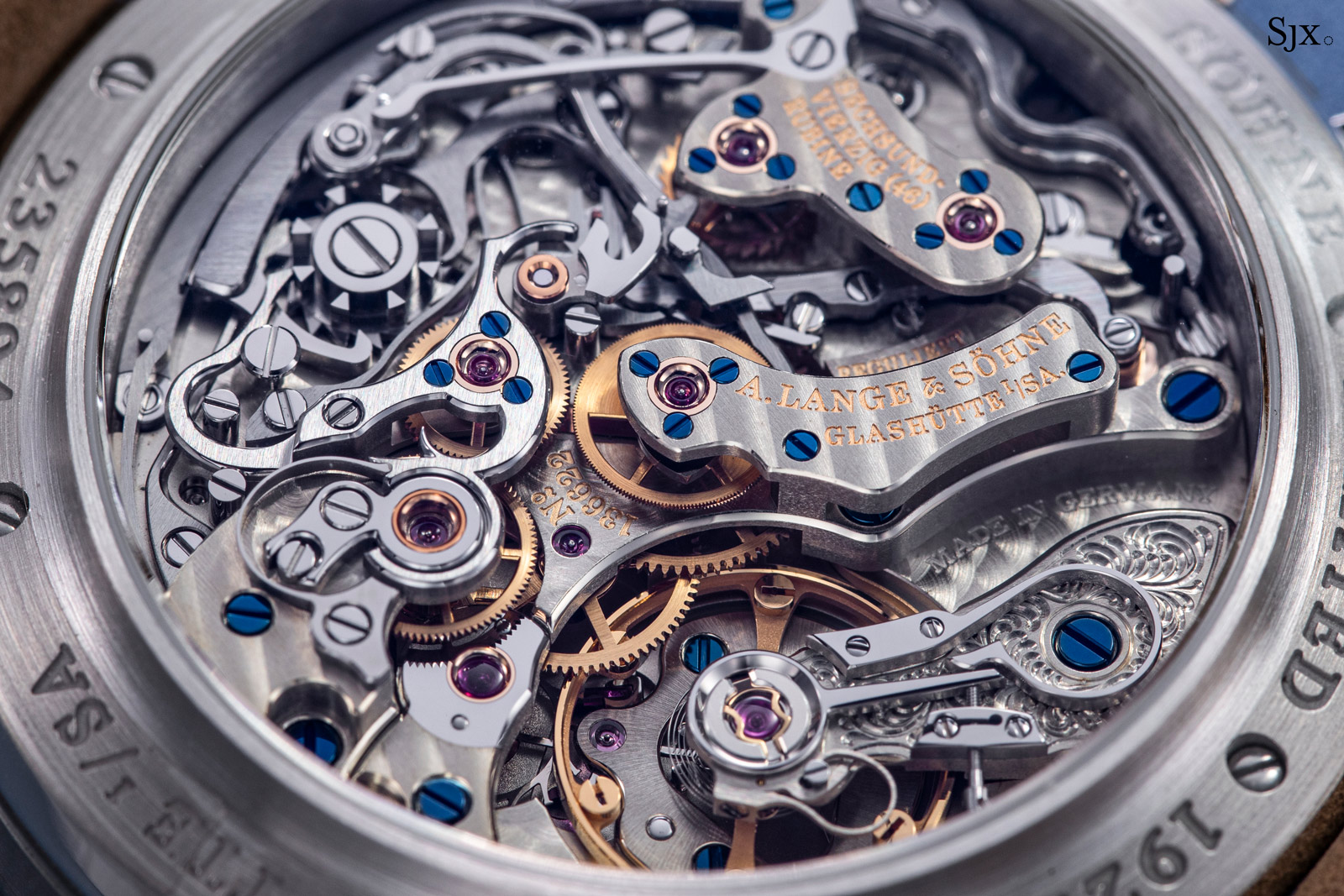
Despite its technical disadvantages, the classical lateral coupling presents visuals that are impossible with a vertical clutch
Another is simply the movement visible through a display back: a vertical clutch is practically invisible due to its construction, while a lateral clutch brings with it an intricate network of levers and springs.
Back to top.

